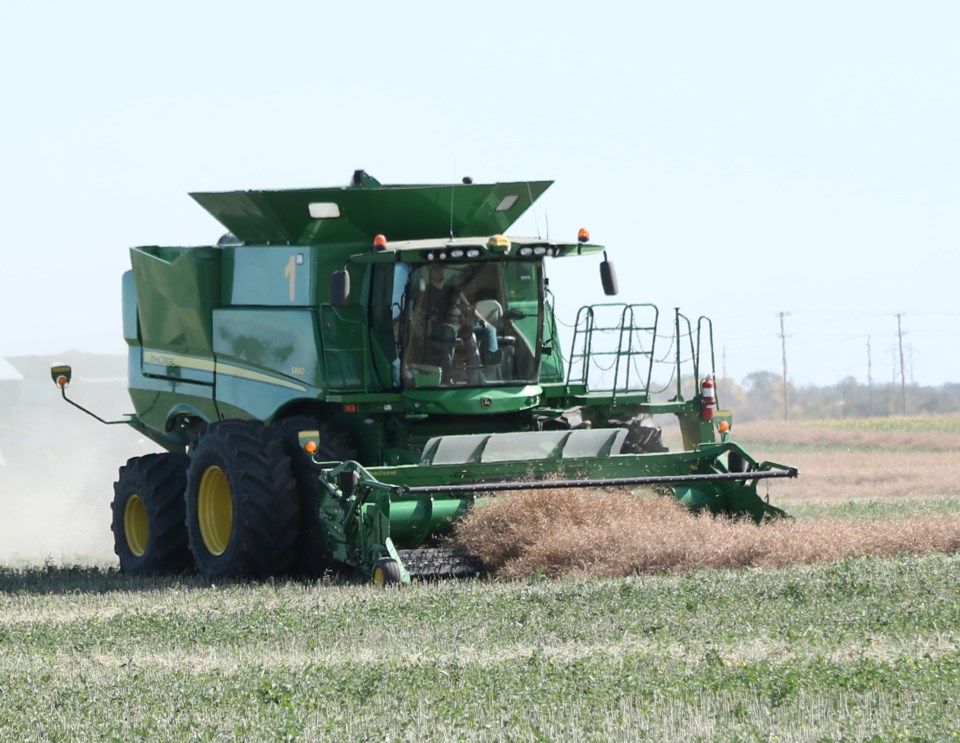YORKTON - The cropping landscape of the Canadian Prairies is an interesting one in the sense two crop whales – canola and wheat – dominate acres in a huge way, and all the other crops and farmland uses acting like a school of small fish going after whatever acres they can muscle away from the big two.
It's not easy grabbing acres from canola, which while having high input costs, and greater risk as a result should a crop disaster strike, it is still the option with the big gross return potential too, and that always looks good on a ledger plan.
Wheat by contrast doesn’t offer the big dollars per bushel, but the agronomics of producing a good crop are well-understood, and it makes a good rotation companion for canola so it gets acres.
After the big two all crops are basically headed to niche markets. Even barley, which is another well-understood crop in terms of production needs, is highly focused on the singular malt market. Miss that market and the secondary one of livestock feed reduces returns.
After that comes flax, the range of pulse crops – peas, lentils, chickpeas, and then things such as mustard, soybeans, canary seed, and hemp, all with limited acres and proponents suggesting given the right circumstances they could be more significant crops for the Prairies.
Of course the fly in the proverbial ointment is creating those ‘right circumstances’.
Over the decades of covering agriculture many crops have been heralded as having huge potential – lupins, borage and sea buckthorn come to mind – and those crops remain all but unheard of now.
There is a huge barrier to new crops growing to huge acreage options. You need a market willing to pay a profitable price for a crop to grow it. There are niche markets willing to do that, but good prices signal to farmers to grow more. The market floods, and with small markets never recovers.
It happens with wheat too, but the market is so large it can chew through a glut in production far more easily and more quickly to stabilize markets.
With production of small crops rather unstable, it is difficult to develop new markets, the risk of needing crop that simply isn’t available is too great a risk when it comes to building a production plant.
So while there are very good reasons to suggest the Prairies could produce far more pulse crops – there are at least established but also highly structured markets – seeing it happen will be slow if it happens at all.
And pulse crops are probably the most likely to make long term gains.
Other crops will probably stay small fish swimming in the wake of the two whales.

